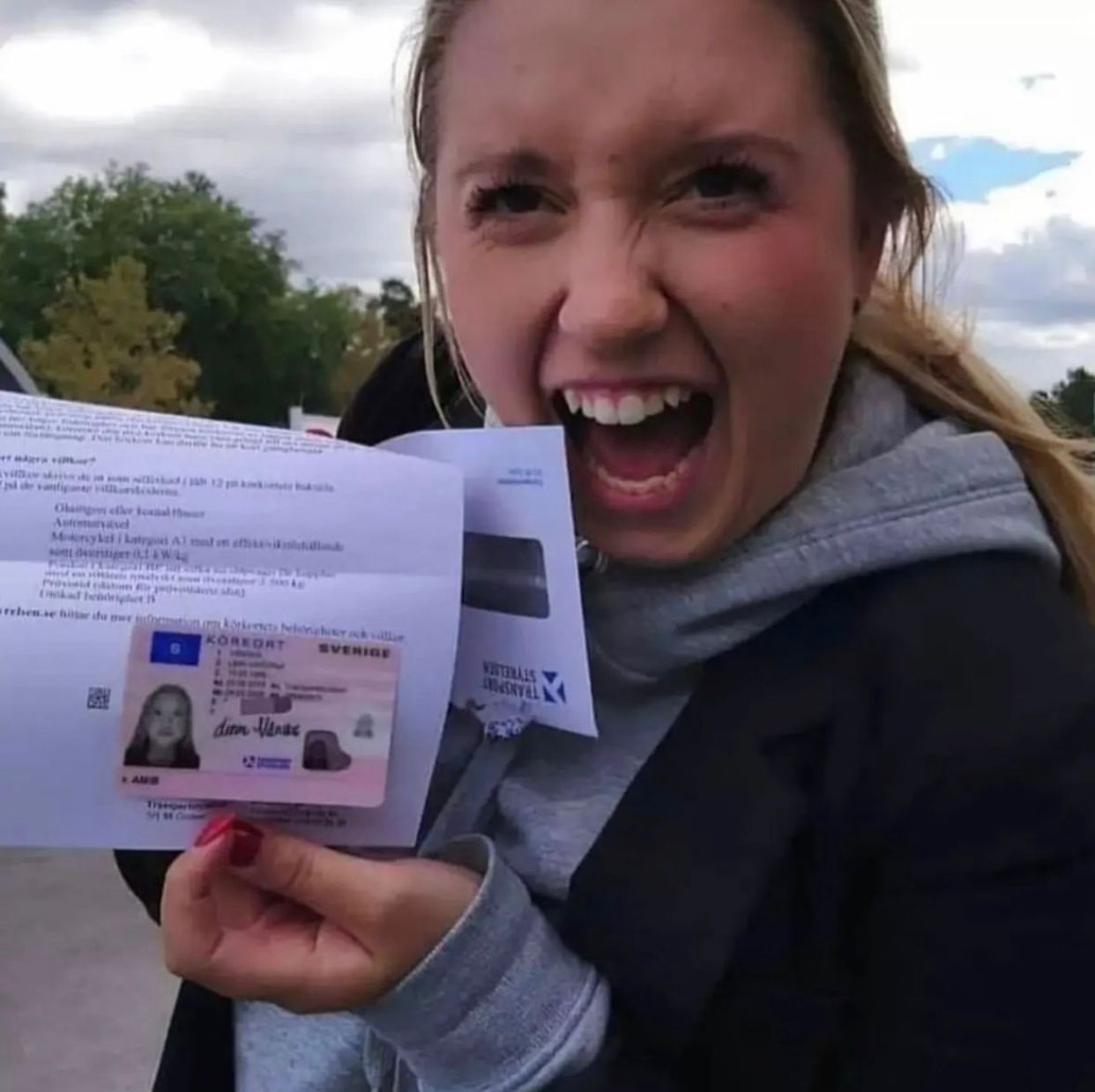Navigating the New Landscape of Driving License ID Handling in 2025
In every society, the driving license acts as an important file, not simply as a proof of the capability to run a lorry but likewise as an identification tool. As we step into 2025, substantial changes have emerged regarding the handling and management of driving licenses, primarily affected by advances in innovation, evolving regulations, and the requirement for enhanced security procedures. This short article intends to provide an extensive summary of driving license ID managing in 2025, illuminating the technologies included, the upcoming legal transformations, and supplying responses to common queries.
The Transition to Digital Driving Licenses
Among the most significant transformations in driving license ID handling is the prevalent adoption of digital driving licenses. These digital licenses are stored digitally on smartphones, using several conveniences to both motorists and authorities. In the United States, for example, lots of states have started carrying out digital motorist's licenses, while nations such as Canada and the UK are anticipated to follow suit soon.
Secret Benefits of Digital Driving Licenses
- Convenience: Easily available on mobile phones, getting rid of the requirement to bring physical copies.
- Boosted Security: Incorporating biometric functions and file encryption assists to combat identity theft and scams.
- Real-time Updates: Immediate updates to individual info, such as modifications in address or status, enhance accuracy.
Challenges and Concerns
In spite of the benefits, the transition to digital licenses provides difficulties, including issues about privacy, cybersecurity risks, and the digital divide affecting those without access to smartphones or the internet.
Modifications in Regulatory Framework
As we head into 2025, several guidelines surrounding driving licenses have actually come under analysis and change. Federal governments and regulatory bodies are concentrating on guaranteeing that driving licenses are safe and secure, valid, and released in compliance with established laws.
Key Legislative Trends
- Standardized ID Formats: Countries are moving towards a standardized format for driving licenses to simplify recognition and enhance security.
- Increased Verification Procedures: Authorities are now employing sophisticated approaches such as facial acknowledgment and AI to boost verification procedures at checkpoints.
- Focus on Sustainability: With growing ecological concerns, numerous states are going with environmentally friendly products for physical licenses and checking out robust digital alternatives.
- Age and Identity Verification: Enhanced steps are being put in location to accurately validate the age and identity of drivers, especially in contexts where age-related laws use to driving.
The Global Perspective: State-By-State Comparison
| Nation | Digital License Implementation | Current Regulations | Significant Features |
|---|---|---|---|
| United States | Several states in development | Differs by state, efforts to unify formats | QR codes for simple recognition |
| Canada | In pilot stages | Standardized recognition throughout provinces | Combination with health IDs |
| UK | Early adoption phase | Emphasis on online renewal and info updates | Digital verification by means of the app |
| Australia | Under consideration | Significantly strict recognition procedures | Concentrate on fraud avoidance |
The Role of Technology in ID Handling
Innovation is transforming how driving licenses are managed. AI, blockchain, and biometrics are becoming essential to driving license issuance and verification.
Innovations Shaping the Future
- Synthetic Intelligence: AI algorithms are now utilized for recognizing patterns in driving behaviors, which can inform insurance coverage premiums and legal implications.
- Blockchain Technology: Ensuring the integrity and authenticity of driving license information, blockchain innovation enables safe sharing of information between authorities without worry of tampering.
- Biometrics: Increasingly, biometric systems are carried out at the point of issuance and verification, such as facial recognition and fingerprint scanners, to ensure secure identity confirmation.
Prospective Impacts of Emerging Technologies
The execution of these technologies can cause improved dependability and security of driving IDs, but it raises concerns about information personal privacy and user approval.
Frequently Asked Questions (FAQs)
1. What should I do if my digital driving license is lost or stolen?
You should immediately report the loss or theft to your regional automobile agency. A lot of digital licenses have integrated functions to disable gain access to remotely.
2. Are digital driving licenses accepted everywhere?
Since 2025, approval of digital licenses varies by region. It's recommended to carry both digital and physical copies when traveling across state or nationwide borders.
3. Can I update my information on a digital driving license?
Yes, updates can often be made through the associated mobile application or site of the providing authority.
4. What are sverigeexpresskort.com for digital licenses?
Digital licenses typically integrate functions such as encryption, two-factor authentication, and biometric confirmation to boost security.
5. How will conventional driving licenses be affected?
The relocation towards digital licenses may decrease the issuance of physical licenses, however they will still be offered for those not able to access digital choices.
As we advance into a new period in 2025, the handling of driving licenses is optimizing to fulfill the demands of modern-day society. Through technological advancements and regulatory reforms, people can anticipate a more secure, efficient, and streamlined process for obtaining and handling their driving licenses. Nevertheless, as digital options proliferate, it remains necessary to address obstacles relating to privacy, security, and availability, guaranteeing fair roadway gain access to for all chauffeurs while safeguarding personal information. As governments around the world continue to adapt to these modifications, the future of driving license ID handling is set to be both dynamic and transformative.

